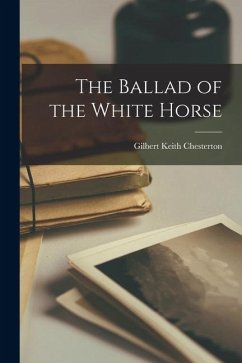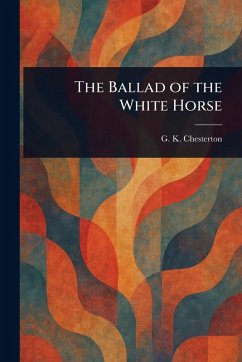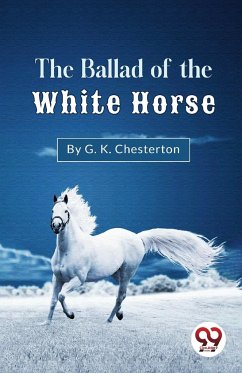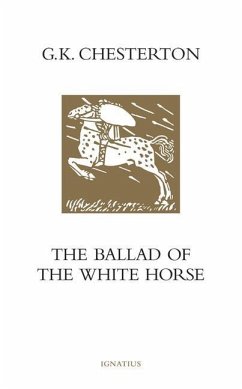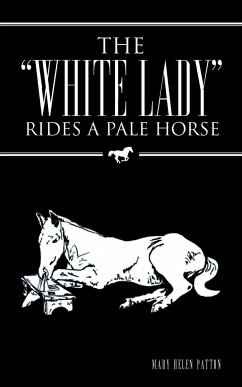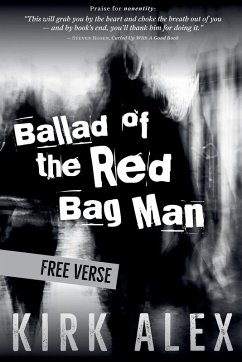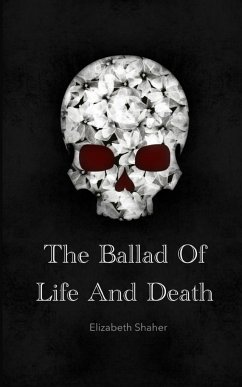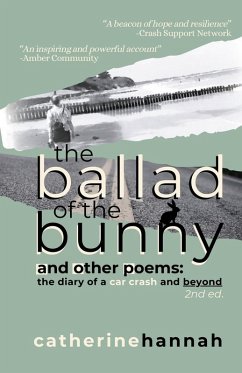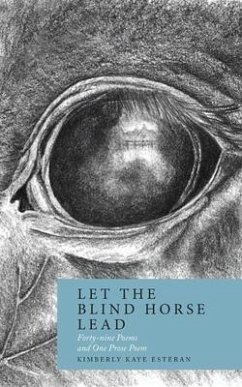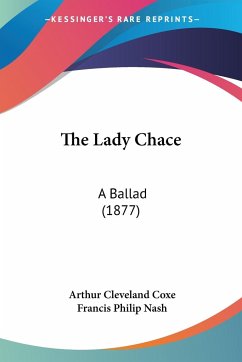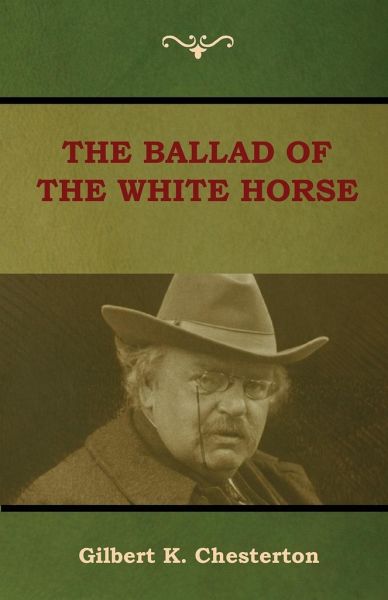
The Ballad of the White Horse
Versandkostenfrei!
Versandfertig in 1-2 Wochen
12,99 €
inkl. MwSt.

PAYBACK Punkte
6 °P sammeln!
The Ballad of the White Horse is a poem by G. K. Chesterton about the idealised exploits of the Saxon King Alfred the Great, published in 1911. Written in ballad form, the work has been described as one of the last great traditional epic poems ever written in the English language. The poem narrates how Alfred was able to defeat the invading Danes at the Battle of Ethandun under the auspices of God working through the agency of the Virgin Mary. In addition to being a narration of Alfred's military and political accomplishments, it is also considered a Roman Catholic allegory. Chesterton incorpo...
The Ballad of the White Horse is a poem by G. K. Chesterton about the idealised exploits of the Saxon King Alfred the Great, published in 1911. Written in ballad form, the work has been described as one of the last great traditional epic poems ever written in the English language. The poem narrates how Alfred was able to defeat the invading Danes at the Battle of Ethandun under the auspices of God working through the agency of the Virgin Mary. In addition to being a narration of Alfred's military and political accomplishments, it is also considered a Roman Catholic allegory. Chesterton incorporates a significant amount of philosophy into the basic structure of the story. The poem consists of 2,684 lines of English verse. They are divided into stanzas, typically consisting of 4 to 6 lines each. The poem is based on the ballad stanza form, although the poem often departs significantly from it. Types of metrical feet are used more or less freely, although there is often basic repetition in a line. The rhyme scheme varies, often being ABCB or ABCCCB.



